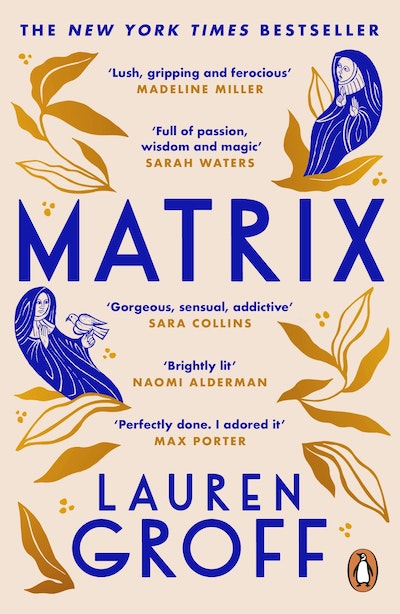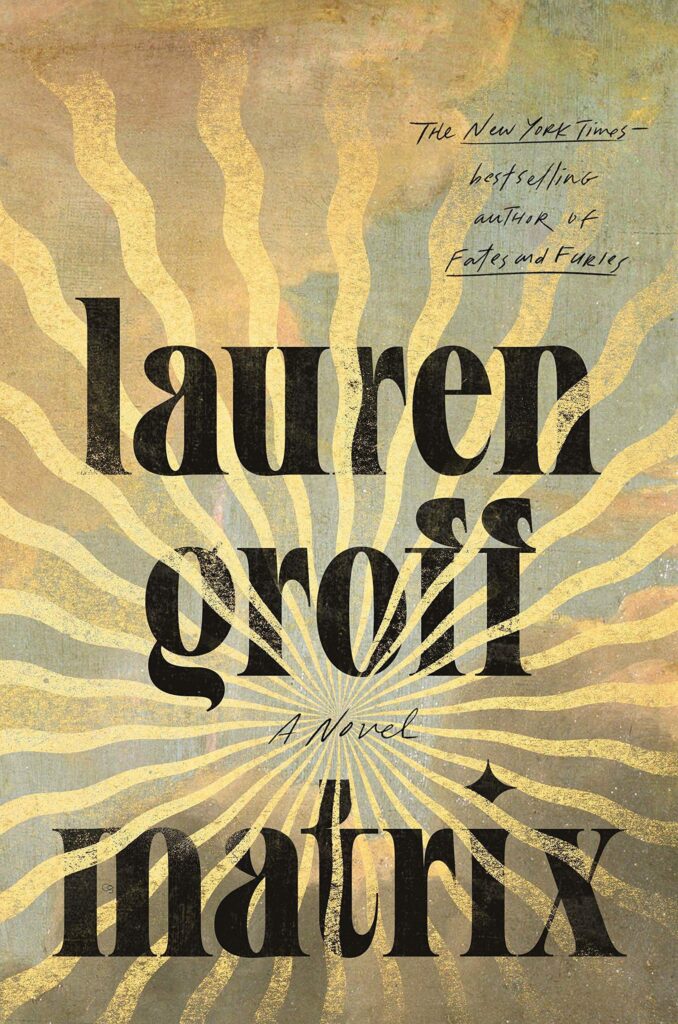

Like these works, Matrix takes historical specificity seriously but eschews historical realism. Winterson’s Renaissance London features witchcraft, time travel, and princesses dancing in the sky Zhang tells the story of the California Gold Rush through the lens of Chinese-American orphans and the ghosts who haunt them. If this is historical fiction, it is more Sexing the Cherry (Jeanette Winterson) or How Much of These Hills Is Gold (C Pam Zhang) than Wolf Hall (Hilary Mantel).

She has made something new,” Groff writes. “Of her own mind and hands, she has shifted the world. At her death, it is a thriving, self-sufficient community comprising not only nuns, but also wealthy widows flocking there for retirement and girls studying in its schools. When Marie arrives, the abbey is “a dark and strange and piteous place” where society’s discarded daughters succumb to starvation and disease. Over the next six decades, Marie relinquishes her grip on one kind of happiness (Westminster, Eleanor) to catch hold of another (her work, the hundreds of women who depend on it). She leaves behind not just the glamorous English court, but also her love: Eleanor of Aquitaine, the most powerful woman in the world, Henry’s wife. We meet Marie, the half-acknowledged half-sister of King Henry II, as she is departing for the abbey where she will spend the rest of her life. However, this plot synopsis does not do justice to the whimsy, empathy, and urgency that saturate the novel’s pages.

Its premise is simple: the life of a medieval nun, the story of a rebellious teenager’s transformation into a respected spiritual leader. Like Fates and Furies, Groff’s new novel, Matrix, is full of surprises. Lauren Groff’s 2015 novel Fates and Furies-a finalist for the National Book Award, among other honors-is ostensibly about a marriage, but on closer inspection it’s about something thornier, unsettling in its very banality: the difficulty of knowing another person at all.


 0 kommentar(er)
0 kommentar(er)
